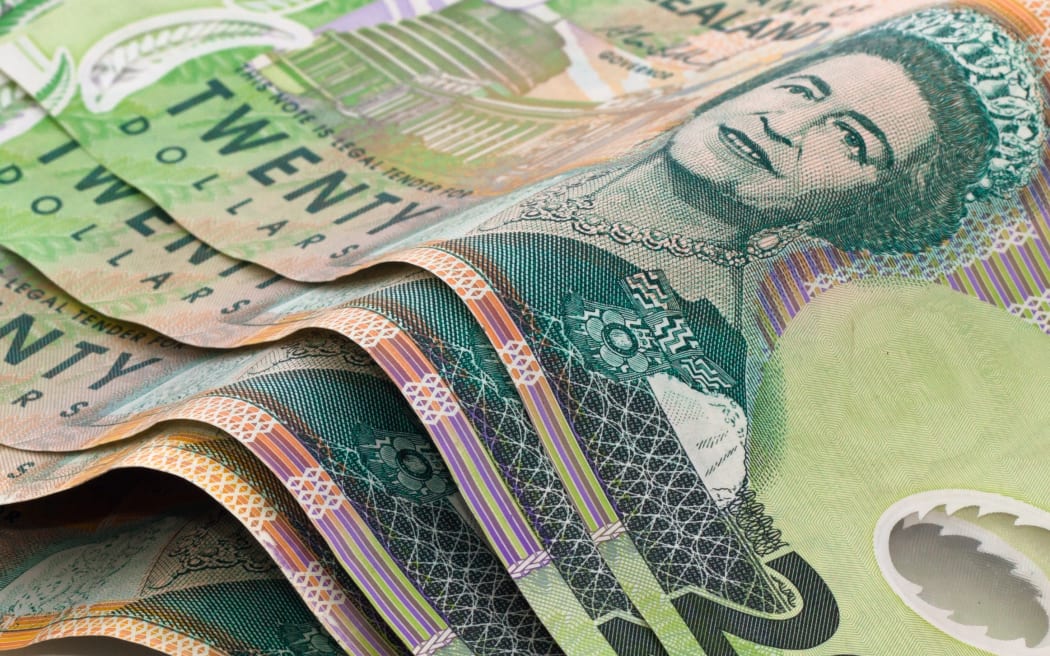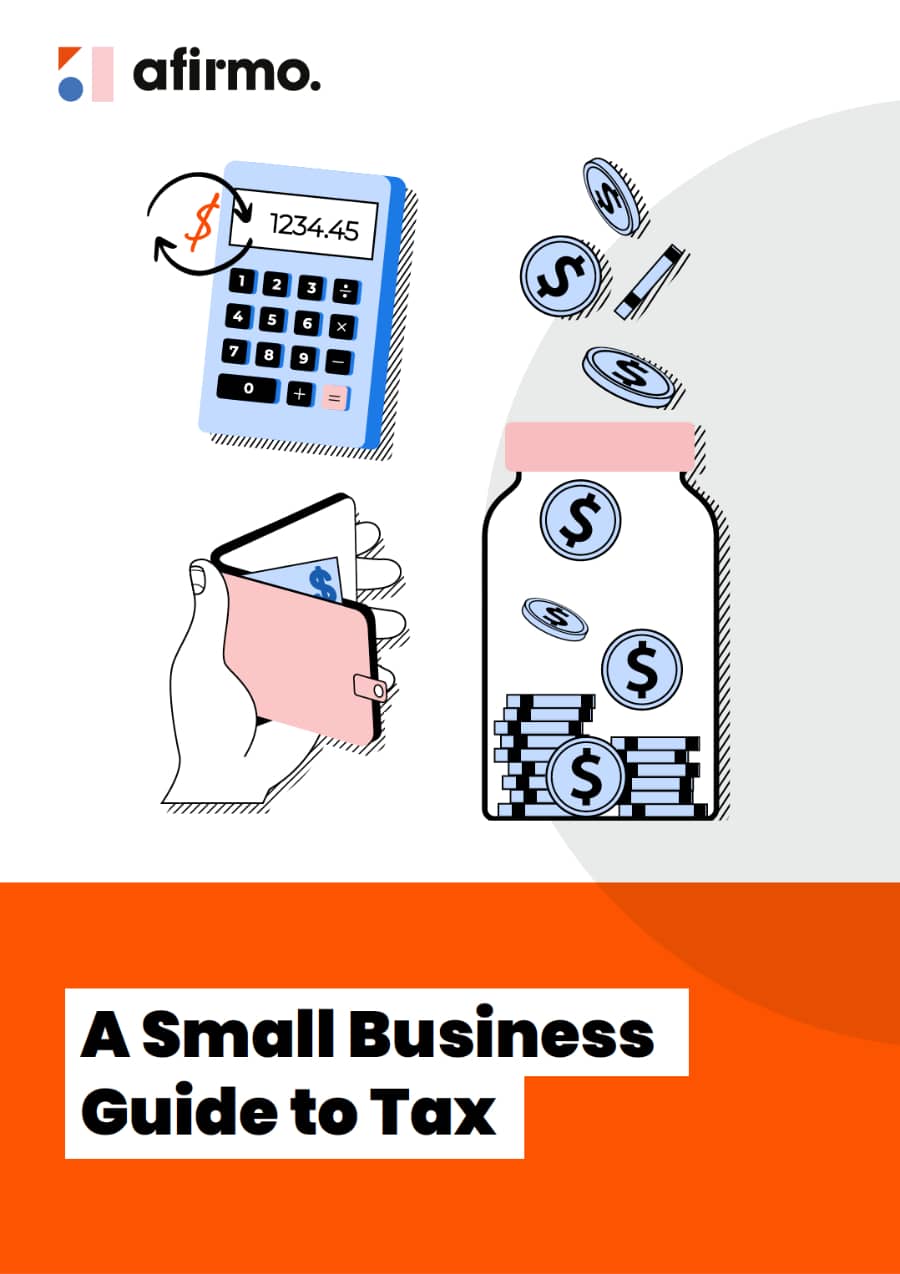If you operate your small business as a sole trader, basically you are the business, so paying yourself or getting money from what the business earns is quite straightforward, you just take the money that is left after all expenses and taxes
In this section, we look at the more complex topic of paying yourself when your business is a registered company. There are three ways to do this, and each has different tax obligations and each impacts the company’s taxable income in different ways. It’s possible to use a combination of these if you wish. Have a look at the Afirmo company tax tool to play around with what a good mix might look like.
When taking money out of a company or putting it in, the most important thing is to keep clear and accurate records. These records should describe the purpose or intent of the transactions, not just the amounts. It should also be done in a reasonable/normal way, so Inland Revenue doesn’t think you’re just trying to avoid paying tax.
Repaying a shareholder loan
Most small businesses are started with money from the owner. This should be recorded in one of two ways. Either it was money paid to buy shares in the company (share capital) or it was a loan.
If it was a loan, it should be recorded in a shareholder’s loan account in the company’s accounts (books). Any further personal money you invest as a loan to the company adds to the total in this shareholder’s account. When the company makes sufficient profit, it can choose to repay some of this loan to you, which would then reduce the balance in the shareholder’s account. Since these payments are simply returning money you lent to the company, they are not subject to income tax.
If a shareholder current account develops a negative balance the shareholder is effectively borrowing from the company. As a result, the company has to pay fringe benefit tax on the negative balance or charge the shareholder use-of-money interest at the IRD rate. A negative balance can be avoided or brought back to zero by the shareholder repaying the company. If the company makes a profit, other options include making a shareholder employee salary payment (non-PAYE) or declaring a dividend.
Paying yourself a PAYE salary
Since you probably started your business to earn an income, the company can take you on as an employee. For record keeping, this should include an employment agreement, signed by you as the company owner and as the employee. The company can then pay you a regular PAYE salary, which needs to be an amount that’s consistent with the type of work you do.
Benefits
- You get a regular salary to live on, which can also help when applying for a mortgage or credit in your own name. Banks and lenders tend to like to see routine contracted income like a salary and not ad-hoc sums, even if you own the company yourself
- The company makes employer contributions to your KiwiSaver account and pays some of your ACC levies
- Your personal taxes are taken care of as you earn
Downsides: The salary has to have a ‘fair market value’, so you’re on an appropriate tax rate – otherwise Inland Revenue might think you’re underpaying yourself to avoid tax
- The company has to pay your salary and PAYE taxes, even if its earnings unexpectedly decrease
- You can’t switch paying yourself an annual PAYE salary off and on as it suits, you have to keep it going year after year, but you can reduce the salary from one year to the next if the company becomes less profitable
In addition there are specific rules about how much you will need to pay yourself as a salary if you have a small amount of customers or earn the majority of your income from a few customers. We do not cover these here but your accountant/tax agent or Afirmo if you use us to file your returns will ensure these rules are followed.
Making a shareholder salary payment to yourself
Another option is to make an end-of-year shareholder-employee payment to yourself. The company does not deduct PAYE from these payments. As a recipient of the payment, you must include it in your personal tax return. This typically requires making provisional tax payments during the year as an individual, because you paid more than $5,000 in income tax the year before.
Benefits
- Money can be left in the business until you need it
- Fluctuations in the company’s performance are easier to manage
- There’s less need for dividend payments and keeping retained earnings (cash reserves) on the company books
Downsides
- You have to estimate your annual personal income and set aside money to make appropriate provisional tax payments in advance during the year
- If you underestimate your provisional tax payments during the year, Inland Revenue may charge use-of-money interest (you can usually use a tax pooling service to reduce any penalties and interest costs)
- Not appearing to have a regular steady income could make it more difficult when applying for a mortgage, personal loan or credit card
- The company must allow for paying an ACC earners’ levy invoice, which ACC will send at the end of the year based on the company’s IR4 declaration of shareholder employee remuneration
Following a law change in 2017, you are now allowed to pay yourself a (fair) base PAYE salary as well as an end-of-year shareholder salary payment if you wish. This can make it easier to pay yourself a regular income, but also align the total income you receive with the eventual end-of-year company profit.
Paying yourself a dividend
The third option is to retain profits in the company and, at the end of the financial year, distribute some of the after-tax profit to particular shareholders, such as yourself. However, there are some legal and tax requirements to consider, so it’s important to get professional advice before paying yourself a dividend. Here are some of the main points to help your initial understanding:
- Before paying a dividend to shareholders, a company is legally required to ensure it still has enough cash to keep operating and not become insolvent
- The dividend does not reduce the company’s taxable profit unlike salaries which are a cost to the company. This needs careful planning to make sure the mix of dividends and salaries is optimal
- Directors have to sign a statement (certificate) explaining why they decided to pay a distribution
- If the company ends up going into liquidation, the shareholders can be made to repay the distribution
Tax on dividends
The company’s profit that’s used to pay a dividend will have already been taxed at the company tax rate (currently 28%). The company can attach this paid tax to the dividend as an imputation credit. This effectively passes the tax paid on to the shareholder, so they don’t have to pay it and it’s not paid twice. However, dividends usually have to be distributed taxed at 33%, so the company has to deduct the extra five percent and pay it to Inland Revenue. If a shareholder’s top tax rate is less than 33% they can claim back the difference in their individual tax return. If the shareholder’s top tax rate is more than 33% then they don’t need to pay any additional tax on this dividend income.
Getting professional advice
As we’ve mentioned several times in this series on Tax,, it’s important to get professional advice before making decisions about how your business should be set up for tax purposes. This series is meant for general guidance to introduce these topics to you in an easy to understand format.
Once you’re set up, using an accountant, accounting software and a suite of time-saving tools like those Afirmo provides can clearly help. However, as the business owner you are ultimately accountable for getting the right things done at the right time.
Articles in the Small Business Guide to Tax series
- A small business owner’s introduction to tax
- Choosing a business structure
- The main small business taxes and levies
- Maintaining business records for tax purposes
- Small Business tax registration requirements
- Small Business Tax types in more detail
- Tax payment due dates
- Tax forms and when to file them
- How to get money out of your company



